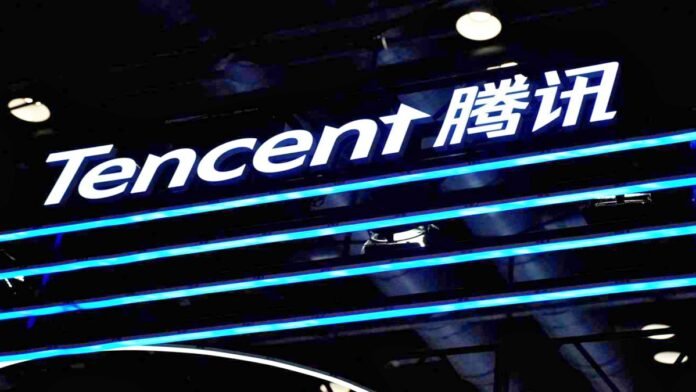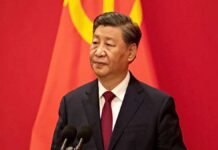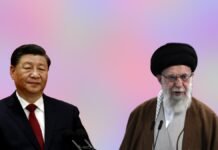
Key Points
- Tencent’s Hunyuan Turbo S is designed for instant responses, outperforming DeepSeek-R1 in speed and efficiency.
- Matches DeepSeek-V3 in key benchmarks for knowledge, math, and reasoning.
- Turbo S boasts significantly lower operating costs, challenging DeepSeek’s dominance.
- The rivalry highlights growing competition among Chinese AI giants and global implications for the AI sector.
New Delhi: Chinese tech giant Tencent has officially launched its latest artificial intelligence model, Hunyuan Turbo S, positioning it as a direct competitor to the widely acclaimed DeepSeek-R1. The announcement on February 27 has intensified the AI race in China, with Tencent claiming that Turbo S delivers faster responses while reducing operational costs significantly.
Speed and Performance: A New Benchmark
The standout feature of Hunyuan Turbo S is its ability to respond to queries in under a second, making it nearly twice as fast as DeepSeek-R1 and other “slow-thinking” models like Tencent’s earlier Hunyuan T1. By leveraging a cutting-edge Hybrid-Mamba-Transformer architecture, the model reduces first-word latency by 44% and doubles output speed, providing users with instant replies.
In terms of performance, Turbo S matches DeepSeek-V3 an advanced model that has already surpassed OpenAI’s ChatGPT in app store downloads—in benchmarks for knowledge, mathematics, and reasoning. This places Tencent’s new model on par with some of the most advanced AI systems globally.
Architectural Innovations: Efficiency Meets Power
Turbo S introduces a hybrid architecture combining Mamba’s efficiency in processing long sequences with Transformer’s contextual strength. This innovation reduces computational complexity and memory usage, addressing the high training and inference costs typically associated with large language models. As a result, Turbo S offers businesses a cost-effective solution without compromising on performance.
Tencent has also made the model accessible to developers via its cloud platform at competitive pricing 0.8 yuan per million tokens for input and 2 yuan for output making it an attractive option for enterprise users.
DeepSeek’s Influence: Shaping China’s AI Landscape
The launch of Turbo S underscores the growing influence of DeepSeek in reshaping China’s AI ecosystem. DeepSeek’s open-source strategy and aggressive pricing have forced competitors like Tencent to innovate rapidly while lowering costs. The startup’s success has not only disrupted the domestic market but also gained recognition internationally, particularly in Silicon Valley.
DeepSeek’s R1 model introduced a Mixture of Experts (MoE) framework that optimizes resource utilization during inference, setting a high bar for efficiency and scalability. Its V3 model further solidified its reputation by outperforming established players like OpenAI.
The Bigger Picture: A Fierce Rivalry with Global Implications
The competition between Tencent and DeepSeek reflects broader trends in the global AI race. With Alibaba recently launching its Qwen 2.5-Max model and Baidu preparing to unveil its updated Ernie platform next month, Chinese tech giants are doubling down on AI innovation to challenge international leaders like OpenAI and Anthropic.
Tencent’s integration of Turbo S into platforms like WeChat signals its ambition to dominate consumer-facing applications while expanding its cloud-based AI services. Meanwhile, DeepSeek continues to push boundaries with open-source initiatives and strategic partnerships across various industries.
What Lies Ahead?
As Tencent’s Hunyuan Turbo S enters the market with promising speed and efficiency advantages, all eyes are on how DeepSeek will respond to this challenge. The rivalry is likely to drive further advancements in AI technology, benefiting businesses and consumers alike while reshaping global perceptions of China’s technological capabilities.


















































